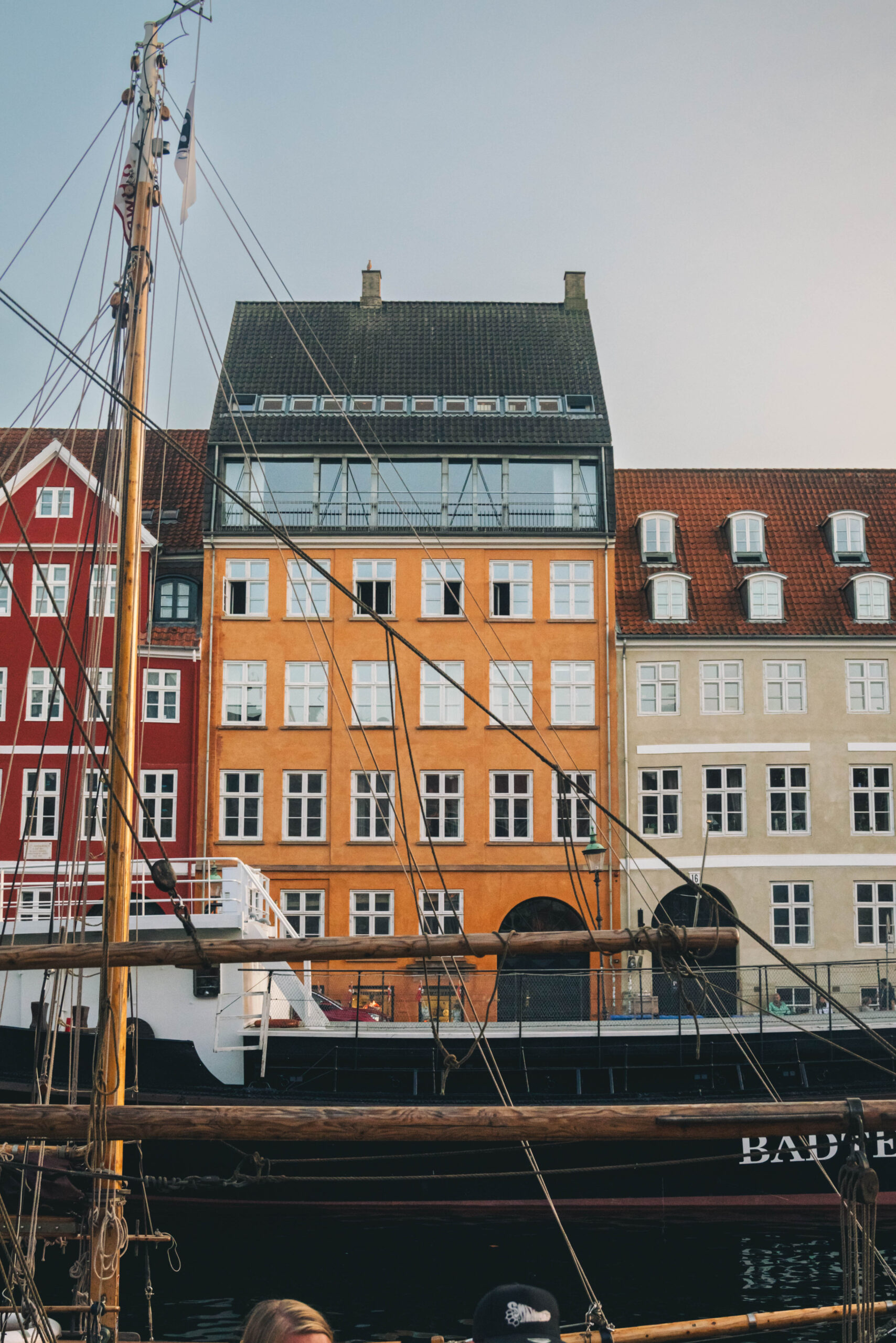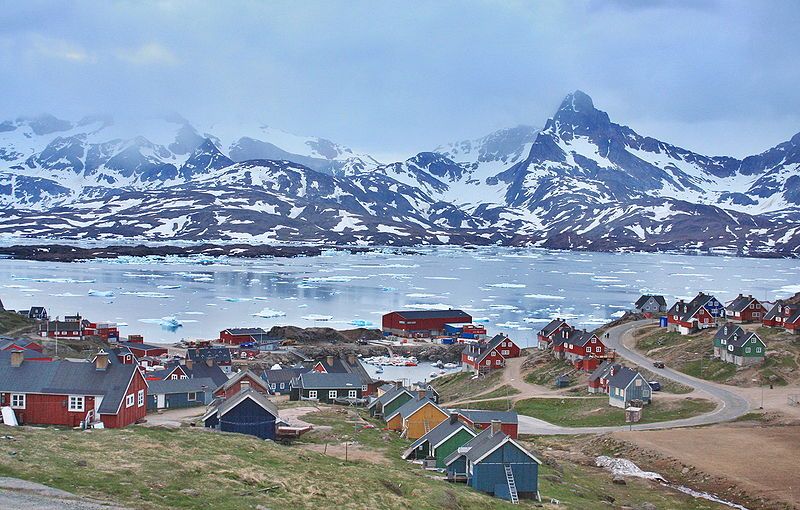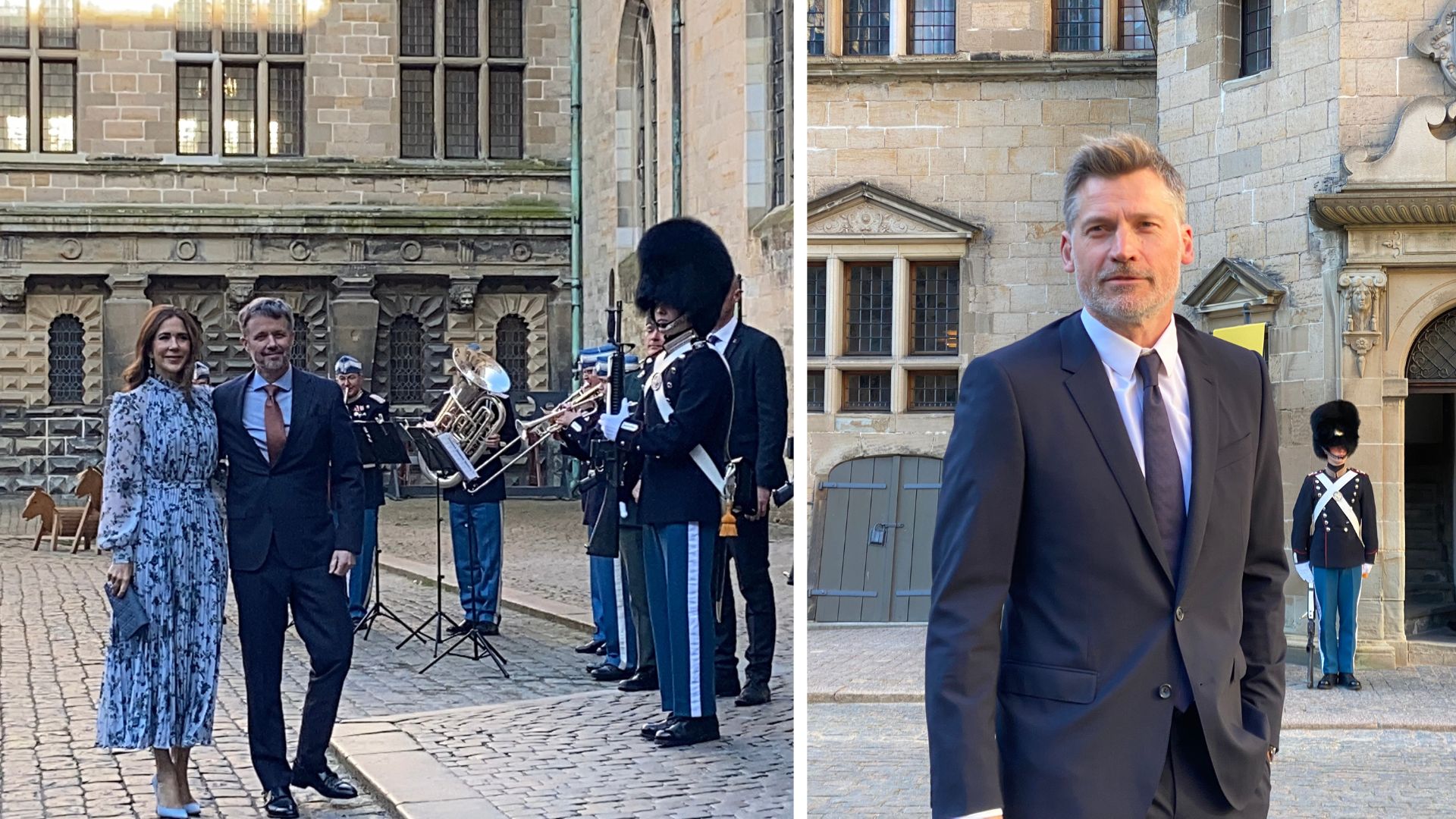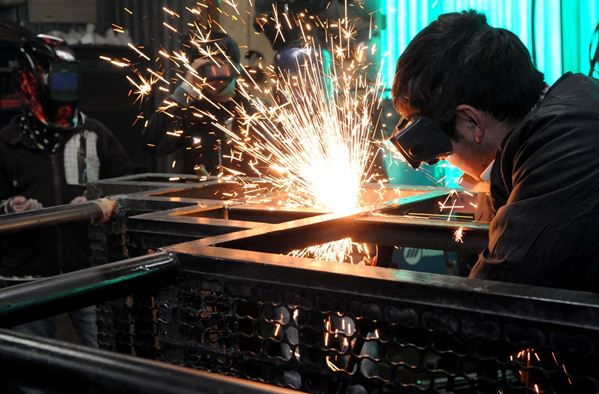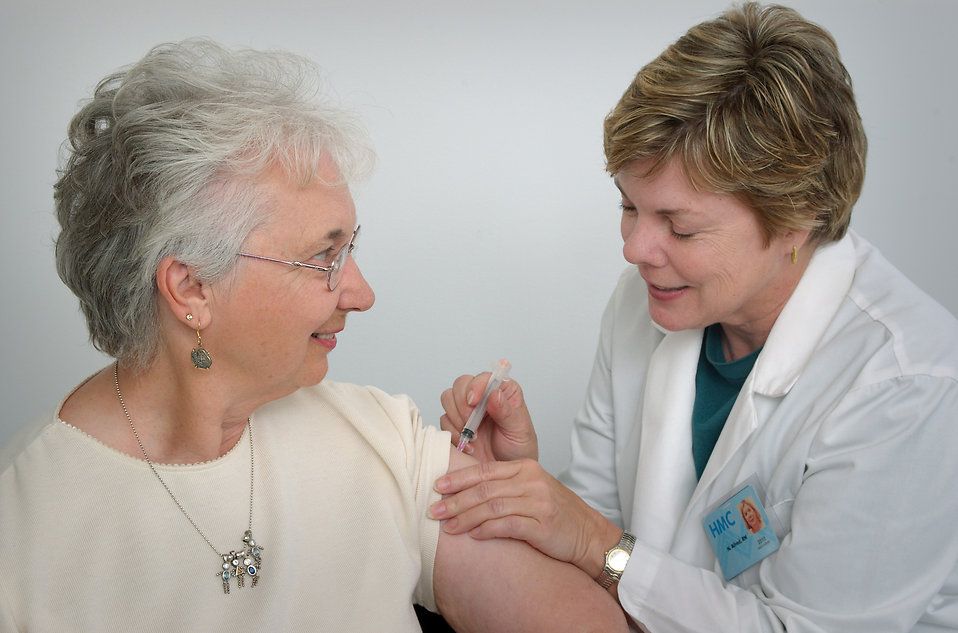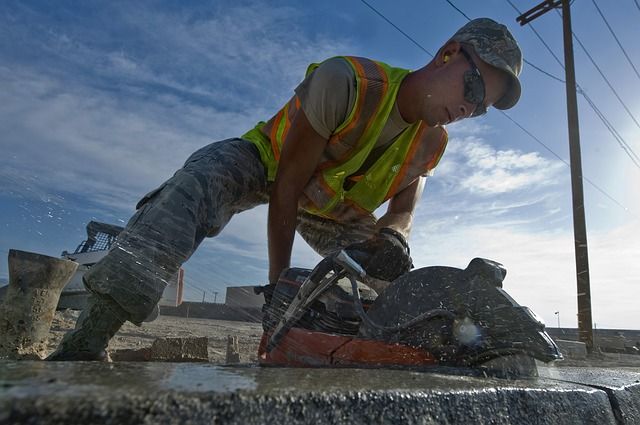As of late, the Vikings have become something of a particular interest in pop culture, but is what we see and read really that close to the truth? What do visitors to this country really know about a civilisation whose global penetration was so immense that its legacy is still evident in many corners of the planet today?
One thing is undeniable: they liked to travel, but in recent times, the invasion has been on the other foot, and we at The Copenhagen Post, following the premiere in early March of the History Channel’s new drama series ‘Vikings’, thought it might be fun to catch up with a few of the many thousands of foreign students currently living here to see what their preconceptions of the mighty warriors were before they ‘set sail’ for Denmark.
Would it be one of horny-helmeted rapists, or would it be more in keeping with the vision of ‘Vikings’, even if it has been written by Michael Hirst, the creator of Showtime’s historically inaccurate drama about Henry VIII’s England, ‘The Tudors’, and is aimed at young men who like video games and comics.
That was the question when we caught up with a bunch of American students who have all been over here since January participating in the Danish Institute for Study Abroad (DIS), a programme that hosts international students in central Copenhagen.
“I always thought of Vikings as brutal and brainless,” said Liz Stockton, a student at Tufts University in Boston, Massachusetts. Stockton, like a few of her compatriots, clearly had a view of the Vikings that has become a stereotype for most.
Words like “barbaric”, “crude”, “bloodthirsty” and “emotionless” are used over and over again to describe them, along with the image of a tall, muscular men who drink out of skulls and wear the obligatory horned helmet.
“I mostly thought of the Minnesota football team. In general, I thought of them pillaging, drinking a lot and being rather crude,” added Claire Runquist, a student at Macalester College in Minnesota.
Janis Granger, a professor who teaches classes on Viking studies at the DIS, has been over here slightly longer: almost 30 years in fact.
“I think some of the erroneous, preconceived notions comes from comic strips like ‘Hägar the Horrible’ and the Marvel comic ‘Thor’,” she said, commenting on the fact that, although many seem to say they have an understanding of who the Vikings were, few actually know what they were really about. “‘Vikings’ could be a good way to learn about history − at least if it’s reliable and correct.”
Politiken seemed satisfied, giving ‘Vikings’ three out of six, noting that the series manages to portray the Scandinavians as much more cultured and human than the Viking stereotype. “It is full of fight scenes and bloody violence,” it said. “But it also observed how Viking society was built up with balanced powers and early de-mocratic measures.”
‘Vikings’ certainly portrays the ancient Scandinavians as pretty civilised. There are many examples of this from men taking pride in their personal hygiene (bathing once a week was a lot by European standards) to women enjoying similar rights to men: they could inherit property, and ask for a divorce and reclaim their dowries.
“It wasn’t all about the looting,” contends Granger. “The Vikings were also merchants, farmers, and pioneers looking for land to cultivate. They were democratic and proud of their heritage.”
And of course, there is the most erroneous Viking characteristic of them all: the horned helmet. Cultured and exacerbated by the many stories told in the 19th century, the only ever authentic Viking helmet discovered was notably hornless. So although it is true that many Nordic and German priests wore horned helmets during ceremonies, the idea that the Vikings used these helmets as frequently as showcased is sheer fabrication.
One matter that is undisputed is the interest in Granger’s Viking classes. “There does seem to be a renewed interest: enrolment in my Vikings class has doubled over the last two years,” she contends. “I think TV shows like ‘Game of Thrones’, the ‘Lord of the Rings’ movies, and ‘Thor’ from 2011 have got people interested in the Vikings and Nordic mythology. After all, the writer of ‘Game of Thrones’ was inspired by ‘Lord of the Rings’ creator JRR Tolkien, a British scholar interested in old Norse and Icelandic sagas, Nordic mythology and Viking life.
And now with the ‘Vikings’ TV series, the interest is sure to grow.
Addressing the stereotypes
"I imagined big, burly, blonde, bearded, long-haired men holding big hammers and standing at the helms of Viking warships."
-Rachel Blomberg, Cornell University
"I think it’s interesting how the focus on the Vikings is always on their pillaging and plundering, but no-one ever mentions their strategic trade routes to the Middle East."
-Julia Dent, Meredith College
"They were actually very hygienic. Battle and honour were very important, as well as loyalty to family bloodlines."
-Claire Runquist, Macalester College
"The new stereotypes I was left with were beserkers who raided British monasteries − in non-horned helmets! − and occasionally pulled out people’s lungs to put on their backs."
-Diana Jing, Wellesley College
"I viewed them as large, ugly men who wore many furs and had poor manners."
-Jen Caplan, Gettysburg College
"Some of the stereotypes hold, but their culture was much richer than I previously imagined − for example, their emphasis on poetry and personal hygiene."
-JD Moore, Lafayette College
"I feel that they are still crude and earthly, but they have a long fascinating history."
-Lindsey Breier, Trinity University
"There was a lot more to the Vikings than just the rape and pillaging. They were actually pretty clever and their violence was a product of the social and political stuff going on at the time."
-Liz Stockton, Tufts University



